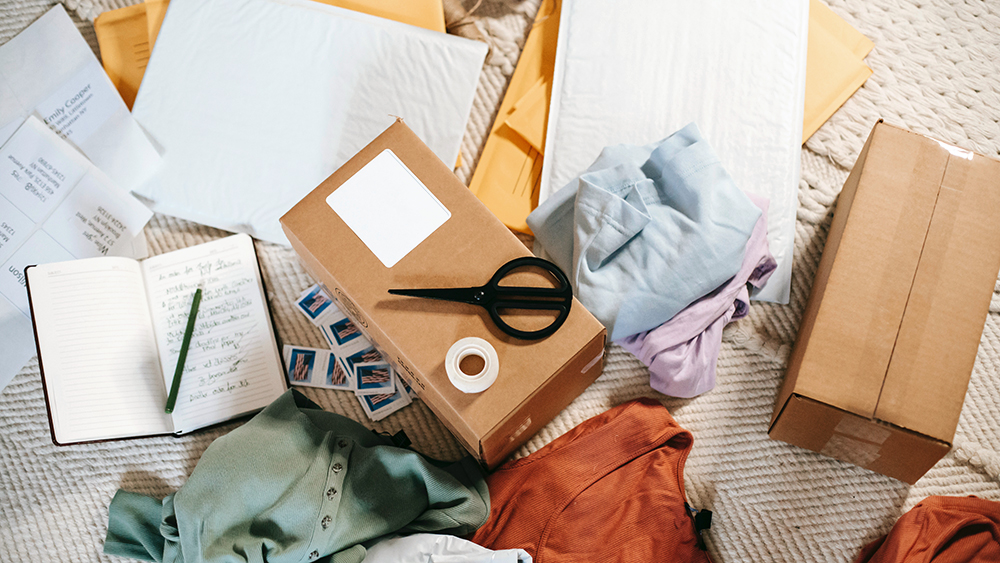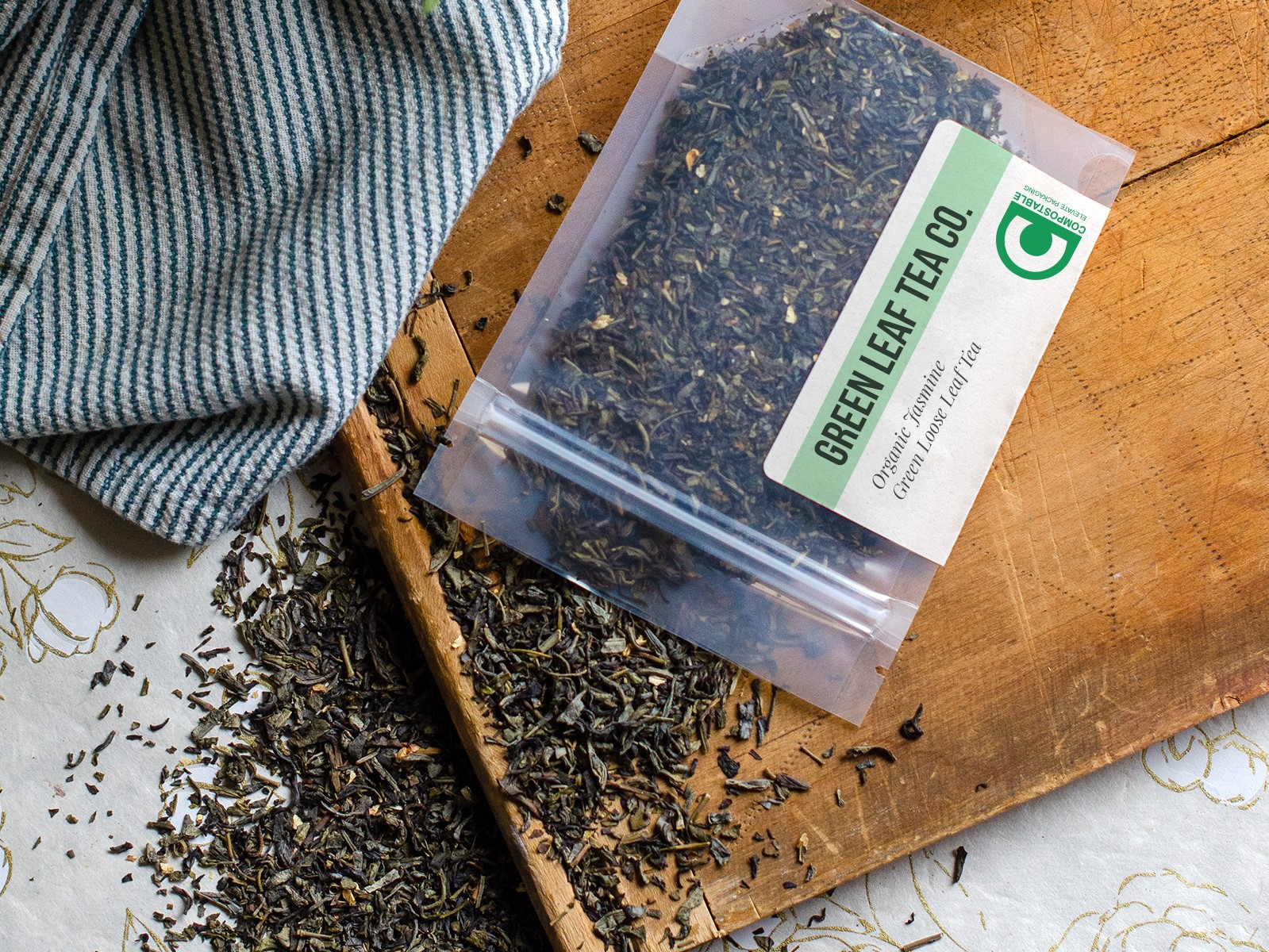Recent Posts
- Home
- Elevate Blog
- Sustainable Packaging Design: Materials
Sustainable Packaging Design: Materials
Posted on

Choosing Sustainable Packaging Materials
One of the first things a brand can do to make their product and business more sustainable is to choose the right packaging materials.
Sustainable packaging materials are sourced, produced, transported, used, and disposed of with the environment in mind. They are made from renewable resources, are non-toxic, and minimize waste or pollution. They can be made from previously unused resources (virgin materials) or made from recycled materials.
You should begin with a clear understanding of your product's requirements. How will your product be sold and transported? Does your packaging need to be water resistant, or air-tight? Is your product fragile? How much padding or protection will it need?
If you are packaging baked goods for sale in a storefront you will have different packaging performance needs than an ecommerce brand designing packaging for a skincare product.
Once you know your requirements, you can begin to assess which materials meet both your product and sustainability needs. To determine the sustainability of any particular material we can start with a life cycle assessment.
What is a Packaging Life Cycle Assessment (LCA)?
A life cycle assessment identifies and assesses environmental impact at every stage of a product's life cycle, from creation to decomposition.
It examines all activities during the sourcing, production, use, and eventual disposal of a product. Conducting a life cycle assessment for packaging would include analysis of:
- The raw materials for all packaging components.
- The use of the packaging, from production facility to end consumer.
- Disposal of packaging after use.
The results of a life cycle assessment are used to drive sustainability priorities and strategy. What is the sum total impact of your chosen materials? For example, you may find a virgin raw material that is overall more sustainable than a recycled material because it is made from renewable resources, and/or can be disposed of in a more eco-friendly way. You might discover that a material is made from by-products of a different industry that would otherwise be wasted.

Sustainable Product Packaging Materials
Sometimes referred to as consumer packaging, retail packaging, or primary packaging. This is the packaging that comes into direct contact with your product. In the case of a stand-up pouch with a label, both the pouch and the label are considered primary packaging.
The main purpose of your product packaging is to contain and protect your product. It should be lightweight to reduce shipping costs, and durable enough to protect what is inside. The type of material you choose will affect the form of your packaging, production, storage, and end-of-life scenario.
Compostable Bioplastic/Biofilm - Made from renewable plant-based resources. Flexible, lightweight, and can be composted at end-of-life.
Recycled Paper/Cardboard - Made from renewable resources. Lightweight, recyclable and compostable.
Glass - Reusable and recyclable, but heavy and fragile.
Metal - Strong, reusable, and recyclable. Can be heavy, may react to product or can rust.
Recycled Plastic - Flexible, strong, waterproof. Does not biodegrade, may not be recyclable.
Specialty Product Packaging Materials
Perishable products may require additional packaging features such as re-seal zippers or barrier properties to prevent oxygen and moisture from spoiling the product. Sensitive products such as health and wellness supplements may need extra high-barrier packaging materials to prevent degradation, and coffee beans require additional components such as degassing valves.
Cannabis products also have unique needs. Rules and regulations on the sale of cannabis vary from state-to-state, packaging for cannabis products must follow specific state regulations for labeling and child-resistance. These regulations and requirements will affect packaging material decisions.
These additional features may require the use of materials that are different from the main packaging. When using mixed materials it is important to ensure that any extra components have the same end-of-life scenario as the main packaging. If a pouch is made from compostable material, the re-seal zipper should also be compostable.
What is the Most Sustainable Packaging Material?
Considering the life cycle of your packaging in the design phase means that you can anticipate any environmental impact and allows you to minimize problems and waste at every stage. Let's revisit our list of what makes a sustainable packaging design!
The most sustainable packaging design:
- Is effective at protecting your product and provides value to your brand.
- Reduces waste as much as possible at every stage by efficient use of eco-friendly materials.
- Is non-toxic and does not cause harm to users or the environment.
- Is circular, and can continue to be useful at end-of-life. For example, by being used to create something beneficial (compost!).
The most sustainable materials are those that protect your product, have a low environmental impact, and are circular.
Compostable packaging reduces landfill waste and can also help create an end product beneficial to our soil and the planet - compost.
Need help choosing a sustainable packaging material? Connect with one of our packaging experts
Contact Us
 Loading... Please wait...
Loading... Please wait...


